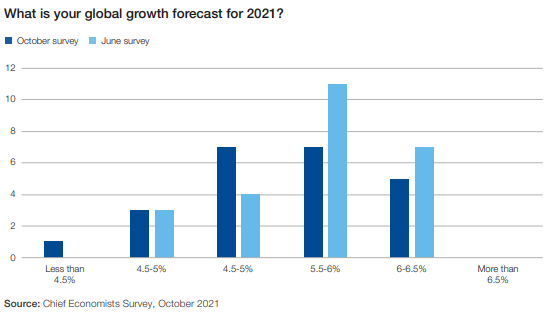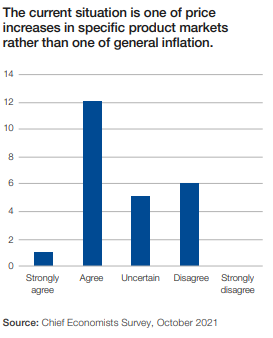The World Economic Forum has launched its latest quarterly briefing. By building on the latest policy research and consultations with Chief Economists from the public and private sectors, it aims to summarise the current economic environment and identify areas where action is needed.

Fiscal policy seems to be containing the worst of the fallout in advanced economies, with the failure rates of SMEs increasing by 4.3% due to the pandemic instead of 9% had government support not been offered.
This support led to fears of firms being kept artificially alive and a huge wage of bankruptcies simply delayed, although neither seems to be the case so far. Instead, stimulus packages made a real difference to the domestic economy, despite having little positive spillover internationally.
The Covid-19 crisis has accelerated long-term trends towards higher wages for workers. Further digitalisation as well as the net-zero transition are rapidly shifting skills demands, leading to a war for talent. Those with green and digital skills are set to benefit, especially given labour shortages across low and high skilled occupations.

Prices also look set to increase, as price pressures have arisen from pent-up demand, changes to behavioral patterns, a shortage of building materials and supply disruptions. Products that have suffered such temporary price surges include used cars and container shipping, and will likely return to pre-pandemic levels soon.
In other cases, however, prices of energy seem to on a continued rise that will last into the future. The green transition is expected to add resource and production costs to prices economy-wide, with energy costs having to increase by design to whilst demand shifts and the supply of renewables slowly increases.
To read the full report, click here.



0 Comments